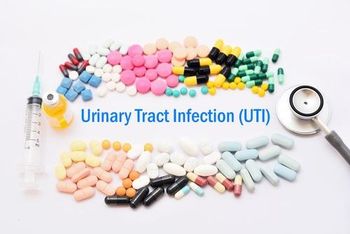
Meeting the Challenges of Infection Control in Hemodialysis Facilities
How can we improve infection control in such a tricky environment?
Dialysis is a vital and life-saving measure for millions of individuals around the world suffering from renal failure. End-stage renal disease (ie, kidney failure) impacts more than
Unfortunately,
The Centers for Disease Control and Prevention (CDC) has worked tirelessly to provide the tools and education to help health care providers working in these facilities reduce the risk of infections associated with dialysis. One initiative, the Making Dialysis Safer for Patients Coalition, involves bringing forth all members of the care team to help educate and reduce infections.
Hand hygiene and environmental contamination are 2 common sources of bloodstream infection outbreaks in such environments. To this end, the authors of a
Hand hygiene, especially when working with arteriovenous fistulas, central venous catheters (CVC), and other vascular accesses, is extremely important to help reduce the potential for infection. For their study, the investigators recommended the use of checklists and frequent audits to monitor hand-hygiene adherence and serve as reminders for staff. They also called out the importance of hub scrub (catheter hub disinfection) and dialysis station disinfection as well as the careful use of single-dose and multi-dose medications.
They concluded that the incidence of serious infections at hemodialysis facilities is too high, particularly in light of the fact that most infections could be avoided if proper infection control practices are followed 100% of the time. This may require input and buy-in not only from staff working directly with patients, but also medical directors and even family members.
One of the most important things to remember in the practice of reducing infections across any setting, but especially in outpatient facilities using invasive care, is that true infection control involves many people. Meeting 100% infection control involves work from the medical directors/providers, nursing, patient and family, and equipment practices. Quality incentive programs that require facilities to track bloodstream infections can only do so much; it is the responsibility of every person involved to work towards the goal of zero infections. It is important that education is provided to everyone in order to help reduce the possibility of infection transmission during dialysis treatment. Patient and family engagement is paramount to many of these efforts. Educating and involving them in infection prevention efforts allows them to also become part of the care process and help serve as advocates for infection control. Dialysis staff, of course, have the responsibility to follow and support infection prevention practices, but it behooves us to remember all the other players in this game of infection reduction.
Newsletter
Stay ahead of emerging infectious disease threats with expert insights and breaking research. Subscribe now to get updates delivered straight to your inbox.









































































































































































































































































































